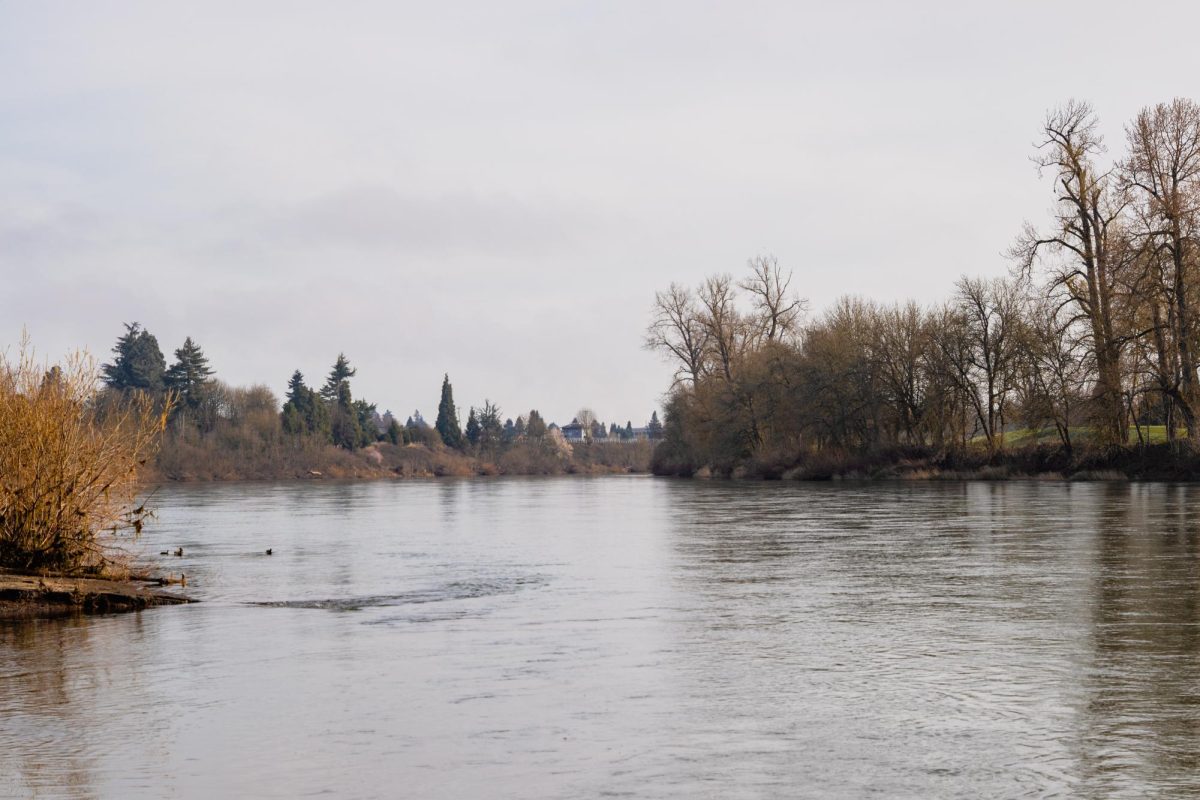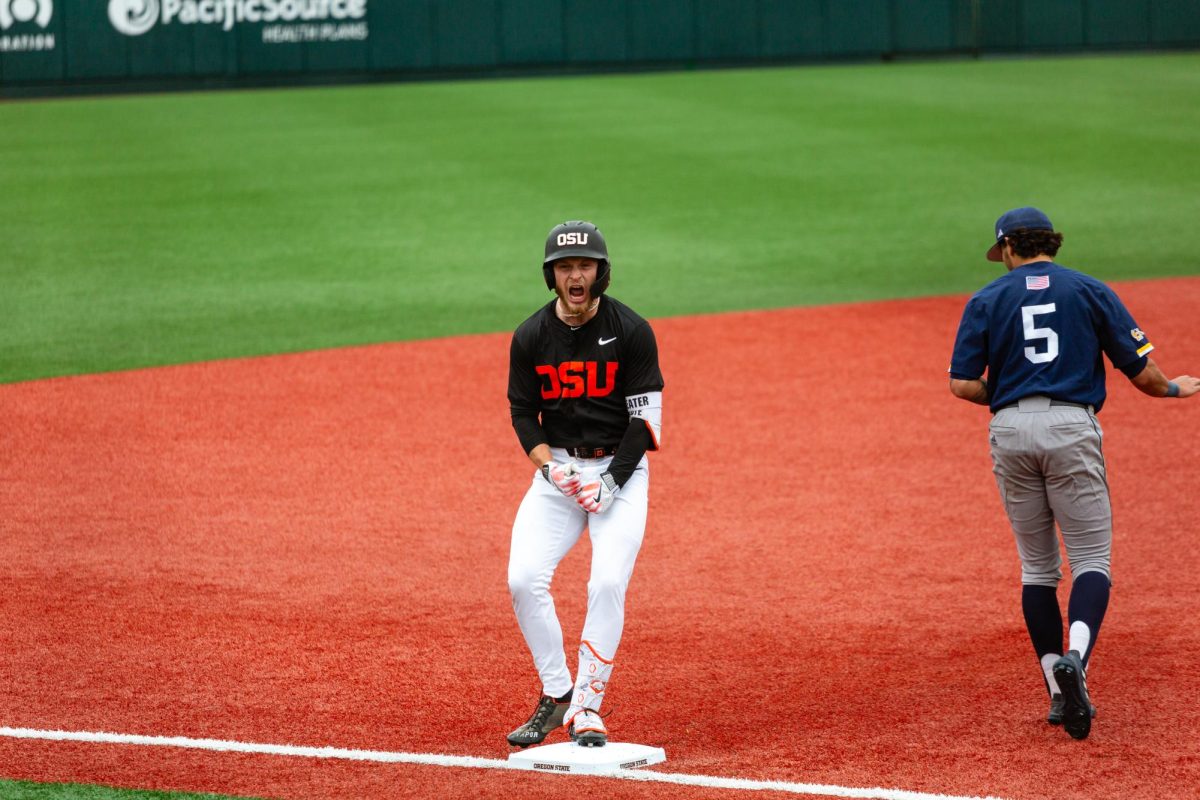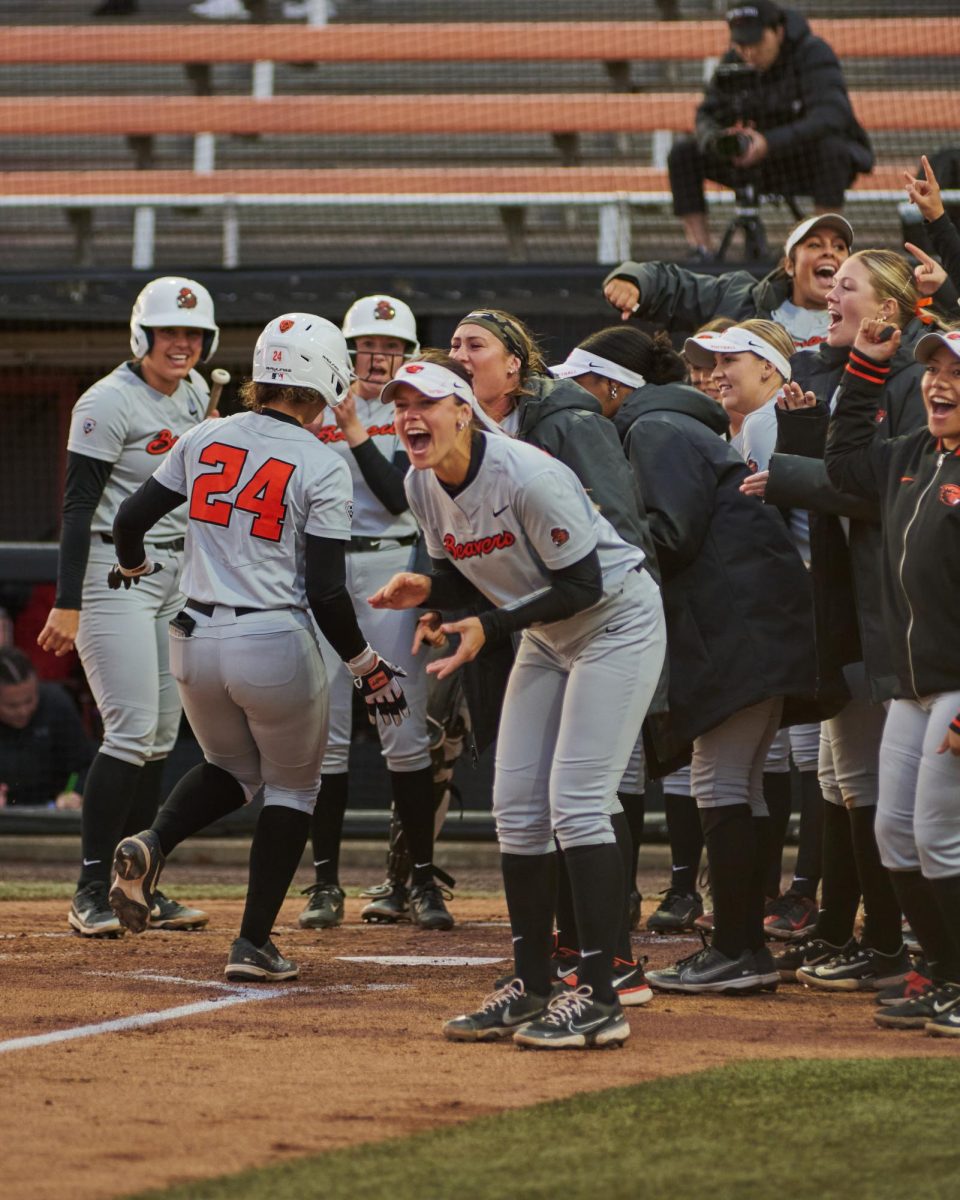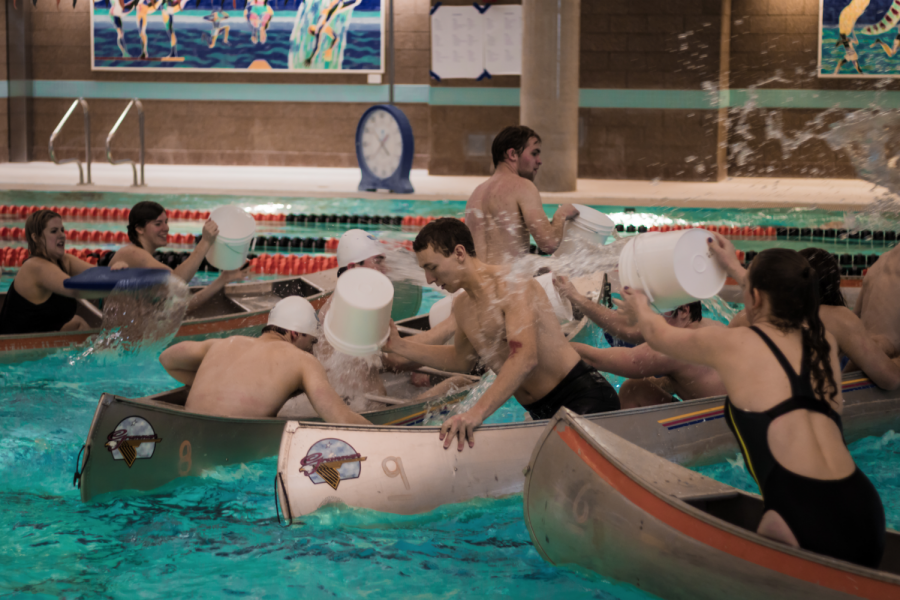Every summer, the Willamette attracts hordes of swimmers, water sport enthusiasts and fishermen — but despite the ‘all-clear’ from state agencies, many still fear what lies below its glittering surface.
The Willamette River stretches nearly 200 miles, rushing through hubs like Portland, Eugene and Corvallis. Although many Oregonians and visitors find retreat on its shores, decades of sewage contamination and swimming ordinances have left some residents wary.
“When I got to Portland, I was quickly indoctrinated that it rained a lot and never put your toe in the Willamette because your skin will flake off (and) you’ll grow horns. Everybody seemed to have a pocket joke about the Willamette,” said Willie Levenson, founder of the Human Access Project, a Willamette River advocacy group.
Levenson went to college in Boise, Idaho, where the Snake River and its tributaries are central to the city’s active culture. When he moved to Portland, Levenson was surprised to see how rarely Portlanders used the river, especially because of Portland’s “green city” reputation.
“What does it mean to live in a green city anyway?” Levenson asked. “To me, it’s being able to get on your bike, ride to the river and take a swim. When you can swim in the river that flows through the middle of your city, that is a green city to me,” he said.
In the 1920s, Portland banned residents from swimming in the Willamette due to sewage pollution — an issue that persisted for decades. Regular sewage overflows continued to muddy the river’s image until 2011, when the city completed the Big Pipe Project, which greatly reduced sewage overflow events.
Sewage overflows occur when heavy rainfall overwhelms the sewer system, causing untreated water to spill into nearby waterways and the surrounding landscape. They continue to affect Corvallis’ stretch of the Willamette, though Corvallis Public Information Officer Patrick Rollens said they occur less often today.
“Back in 2001, the City completed a $29.5 million project to upgrade and modernize portions of the wastewater plant, which dramatically reduced sewer overflow events,” Rollens said.
Corvallis has one wastewater treatment plant, which takes in wastewater from streets, industrial sources and households before discharging it into the Willamette River. The city also has two water treatment facilities that draw water from the Willamette to produce drinking water.
In a joint email from the Oregon Department of Environmental Quality and Oregon Health Authority, spokespeople cite city stormwater, forestry and agriculture as primary sources of pollution for the Willamette. They suggest that residents avoid swimming after rainfall, as this can cause various pollutants to flow into the river.
“In general, it is safe to swim and recreate in the Willamette River when it comes to water quality,” the email said. “But pay attention to the quality of the water before you dive in. Discoloration or bad smell can indicate pollution.”
Desirée Tullos, a water resource engineering professor at Oregon State University, asserts that the Willamette is safe for swimming, as state and private testing suggests. However, while Tullos and her family recreate in the Willamette, she uses a reverse osmosis filter at home to treat PFAS and pharmaceuticals.
“There’s certain things that wastewater treatment plants can’t eliminate, things like pharmaceuticals (and) PFAS,” Tullos said.
PFAS, or per- and polyfluoroalkyl substances, are a group of chemicals colloquially referred to as “forever chemicals” because of how slowly they degrade in the environment. They have been detected in soil, waterways and fish.
“While PFAS has been detected in wastewater that enters the treatment plant from our sewer system, it’s likely coming from things like textiles, cosmetics, and clothing, as well as from commercial and industrial sources,” Rollens said.
Leachate, a liquid that accumulates at landfills, carries PFAS and other chemicals like arsenic, lead and other heavy metals. Leachate from the Coffin Butte Landfill, located just over 10 miles from Corvallis and only a few miles from Adair Village, is treated by Corvallis’ wastewater treatment plant.
“We don’t think the Willamette is safe to be in,” said Kate Harris, an Adair Village resident. Partially because of her knowledge of the landfill, Harris and her family avoid drinking municipal water and swimming in the river.
“Republic Services (the landfill’s operator) notified us that they intend to stop sending leachate to be processed at our wastewater plant by the end of 2025,” Rollens said. “So we are in the final year of this practice.”
Rollens said neither the plant nor water treatment facilities use reverse osmosis because they were built before the technology came about. However, the H.D. Taylor Water Treatment Plant, which supplied 79% of Corvallis’ water in 2020, uses granular activated carbon to treat PFAS.
“We are continuing to test regularly so we can understand the level of PFAS in our wastewater and share that information with other regulatory agencies,” Rollens said.
Only the Taylor Water Treatment Plant is equipped with technology to filter PFAS, meaning that the water from the wastewater treatment plant is not treated for PFAS before being returned to the Willamette. Nonetheless, water tested from Corvallis’ neck of the Willamette is consistently deemed safe for swimming.
“There’s no disagreement from the city, state and county environmental watchdog groups that the Willamette is perfectly safe for swimming — so either it’s a coordinated conspiracy between all levels of government and nonprofit organizations, or it may actually be safe for swimming,” Levenson said.



















































































![Newspaper clipping from February 25, 1970 in the Daily Barometer showing an article written by Bob Allen, past Barometer Editor. This article was written to spotlight both the student body’s lack of participation with student government at the time in conjunction with their class representatives response. [It’s important to note ASOSU was not structured identically to today’s standards, likely having a president on behalf of each class work together as one entity as opposed to one president representing all classes.]](https://dailybaro.orangemedianetwork.com/wp-content/uploads/2025/03/Screenshot-2025-03-12-1.00.42-PM-e1741811160853.png)























